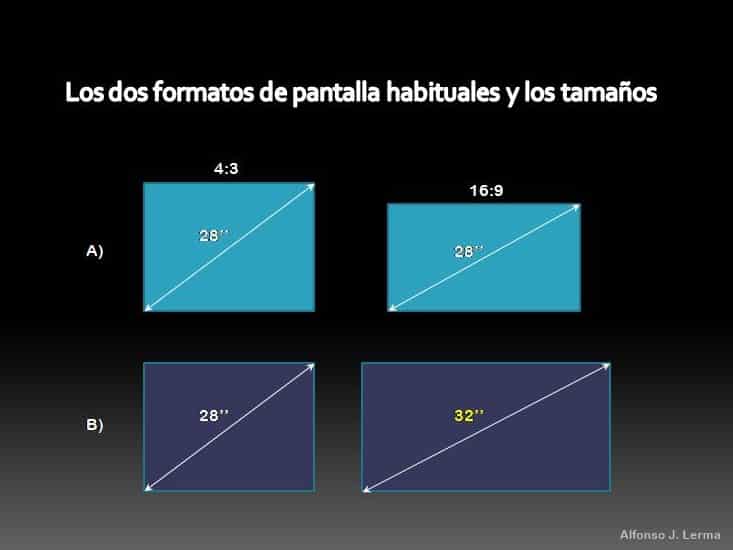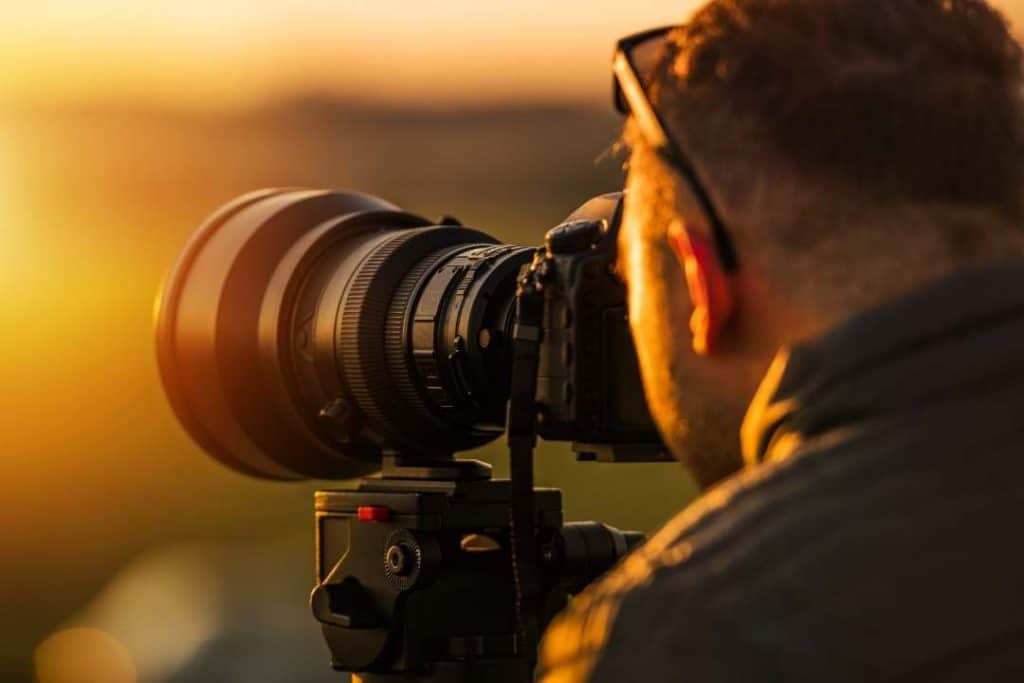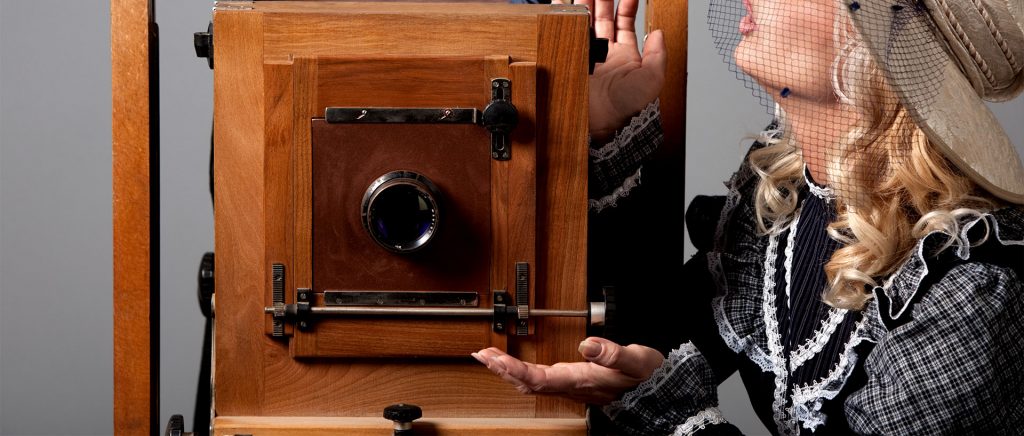What is 16:9 aspect ratio
The 16:9 format is an aspect ratio, i.e. it is a specific image size ratio.
With this in mind, the aspect ratio corresponding to the 16:9 format is almost a rectangle in which the horizontal axis dominates.
This format has dominated the last decades as the standard format for video, television and mobile devices.
Tablets are a case apart, they took much longer to adopt the 16:9 aspect ratio as the 4:3 aspect ratio was much more suitable for their use. Gradually tablets have been adopting 16:9 due to their use for viewing movies and online series.

How the 16:9 aspect ratio came about
The 16:9 aspect ratio arose as a result of the constant innovations in the format when filming and projecting film productions.
What started with 4:3 became a war between film production companies to create the most impressive and highest quality projection format.
This “war” gave rise in the first instance to widescreen formats such as 2.39 or Ultra Panavision. These are gradually being adapted to 16:9.
16:9 aspect ratio in photography
In photography it is not one of the most commonly used aspect ratios, but it is common to see photographs in this format.
Its predominance on the horizontal axis makes images captured with this aspect ratio very dynamic. It is the horizontality to which the dynamism of the image is attributed.
The capture of photographic images with the intention of creating video is usually recorded in 16:9.
In Photoshop
To work in photoshop in 16:9 format we have to take into account that it is an aspect ratio. What we have to do is to define the pixels of the project in such a way that they match the 16:9 ratio.
16 9 resolutions
The resolution of the pixels will vary as it is a ratio, this variation depends on the resolution of the image.
- 2160 pixels: 3840 x 2160
- 1440 pixels: 2560 x 1440
- 1080 pixels: 1920 x 1080
- 720 pixels: 1280 x 720
- 480 pixels: 854 x 480
- 360 pixels: 640 x 360
- 240 pixels: 426 x 240

Dynamic format changes
Once we understand the concepts of aspect ratio and composition, we can give narrative to the formats themselves.
One of the most interesting techniques in relation to formats is the dynamic change of format within the project itself.
For example, in the film “Mommy“, Xavier Dolan uses the 4:3 aspect ratio to show the confinement and pressure to which the protagonist is subjected during almost the entire film.
At a certain point, Dolan dynamically changes the aspect ratio from 4:3 to 16:9 as the character makes a gesture of liberation by spreading his arms apart and giving the impression that he himself is removing the black bars on the sides.
Creating a new space on the sides and giving amplitude and air to the viewer.

This is an example of how aspect ratios support and provide narrative to the story, and how we can play with them and with each other to generate different emotions and sensations.








